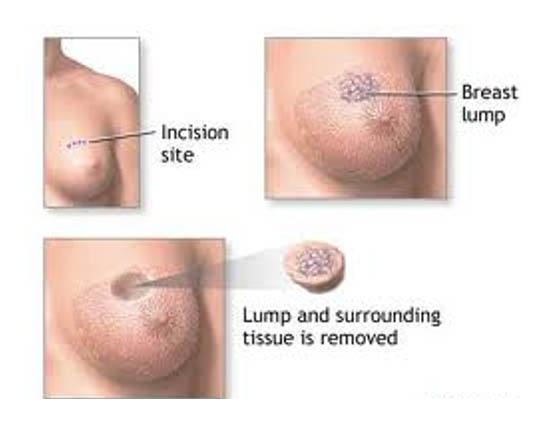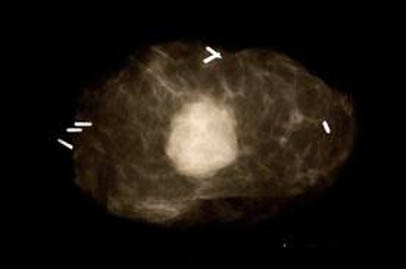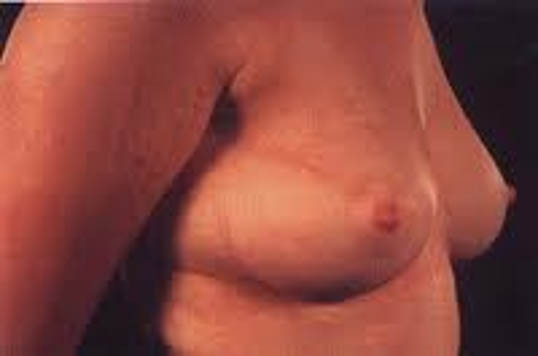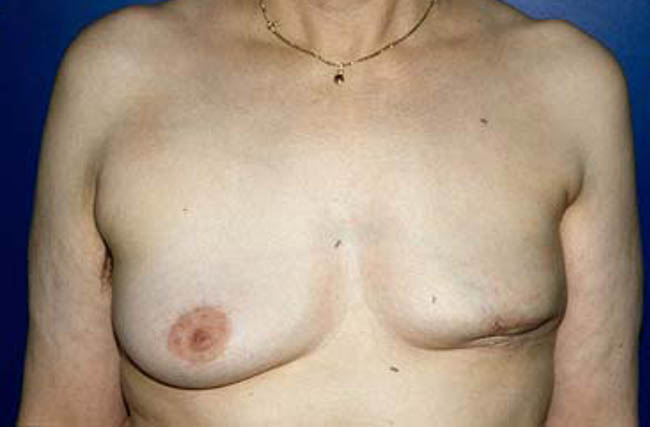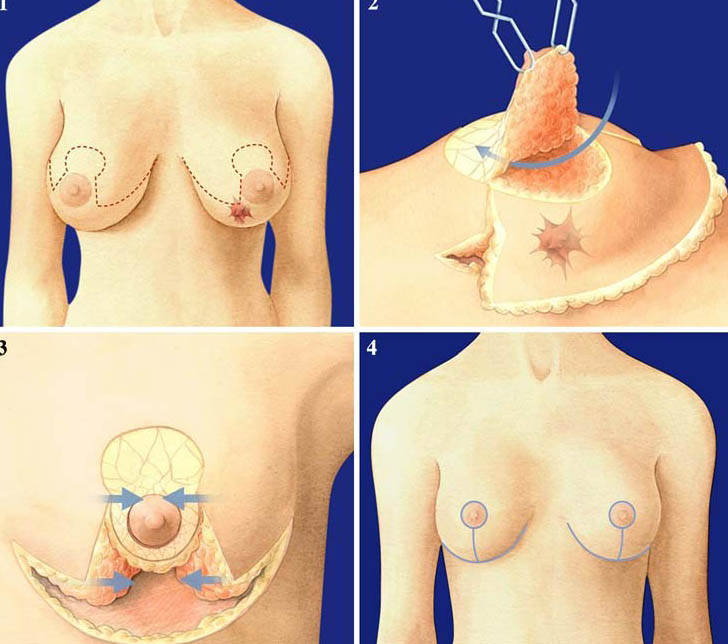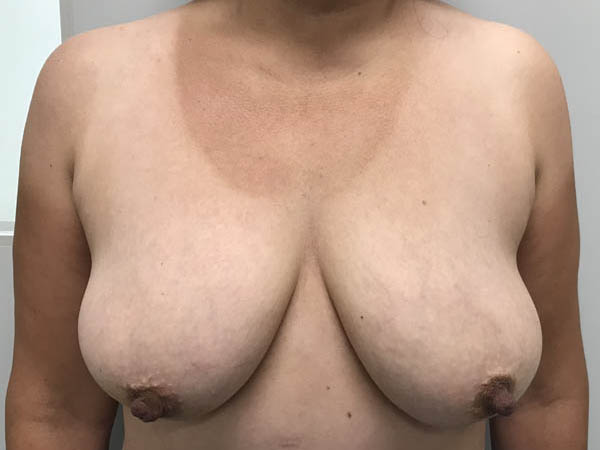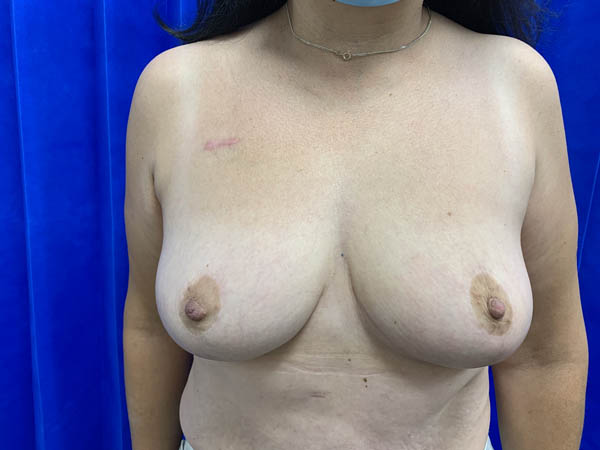Breast conserving surgery, is based on the principle of complete removal of the cancer with adequate surgical margins, whilst preserving the shape and appearance of the breast. It is best followed by a course of radiation treatment to treat the remaining breast tissue. This has stimulated the growth and advancement of oncoplastic surgery, which is based upon the integration of plastic surgery techniques for immediate breast reshaping of an oncological adequate excision. This may be achieved by local flap reconstruction, breast reduction surgical technique or moving autologous (one’s own tissue from the side of the chest wall or back) with its own blood supply.
Wide local excision or Lumpectomy can be performed in patients with a relatively small tumour relative to breast size. It is commonly used in early breast cancers, that is those tumours <3cm.
Benign tumours can be removed with dissection close to the tumour, as opposed to malignant tumours which require an adequate margin of normal, uninvolved tissue (<1 cm).
Tumours that are not easily palpable will require localisation technique prior to the surgery. Most commonly, a fine wire with a small hook on the end is inserted into the middle of the tumour under either ultrasound or mammogram guidance, just prior to the procedure.
This is called HOOKWIRE LOCALISATION.
Other localisation techniques use carbon or radioisotope localisation. The use of intraoperative ultrasound is now becoming an evolving technique to find an impalpable tumour with precision and very little destruction to surrounding tissue.
Details
Procedure:
Preferably performed under General Anaestheisa.
Time in Hospital:
- Ranges from a day case to overnight stay.
- Breast reduction technique may stay in hospital up to 3-5 days.
Time in Surgery:
- Ranges from 30 mins to 2 hours.
- Generally no drains required, except in breast reduction technique.
Potential Complications
- Bleeding
- Wound infection
- Seroma (fluid collection)
Post Operative Care
- No driving or heavy lifting for 2 weeks.
- Wear support bra for comfort.
Decision on the oncoplastic procedure to remove a breast lump must consider the appearance of scar adherence and retraction post radiotherapy.
There are certain areas in of the breast which scar/retract poorly post radiation. These are the lower pole, central, and inner aspect of the breast.
In larger breasts, cancers which require a significant large volume excised, the local flap repair can be achieved by using a breast reduction technique. This not only leaves a smaller and well shaped breast with a lift, but may reduce the psychological downside of the diagnosis of cancer.
This technique can also be used to prevent the space left behind by removing a tumour especially in the areas cosmetically badly affected by radiation. It avoids the retraction of skin and subsequent disfiguring.
Incisions in breast tissue must take into consideration:
- the extent of the tumour and as to whether it involves skin and hence an incision may need to be made over the cancer if it potentially involves skin
- preventing incisions in the upper inner (decolletage) area which scars poorly, if oncologically safe
- making use of areas which mask the scar including the peri areolar (around the areolar margin) and inframammary fold (the lowest breast crease, where the breast meets the abdomen).
- Inverted T (in breast reduction technique)

